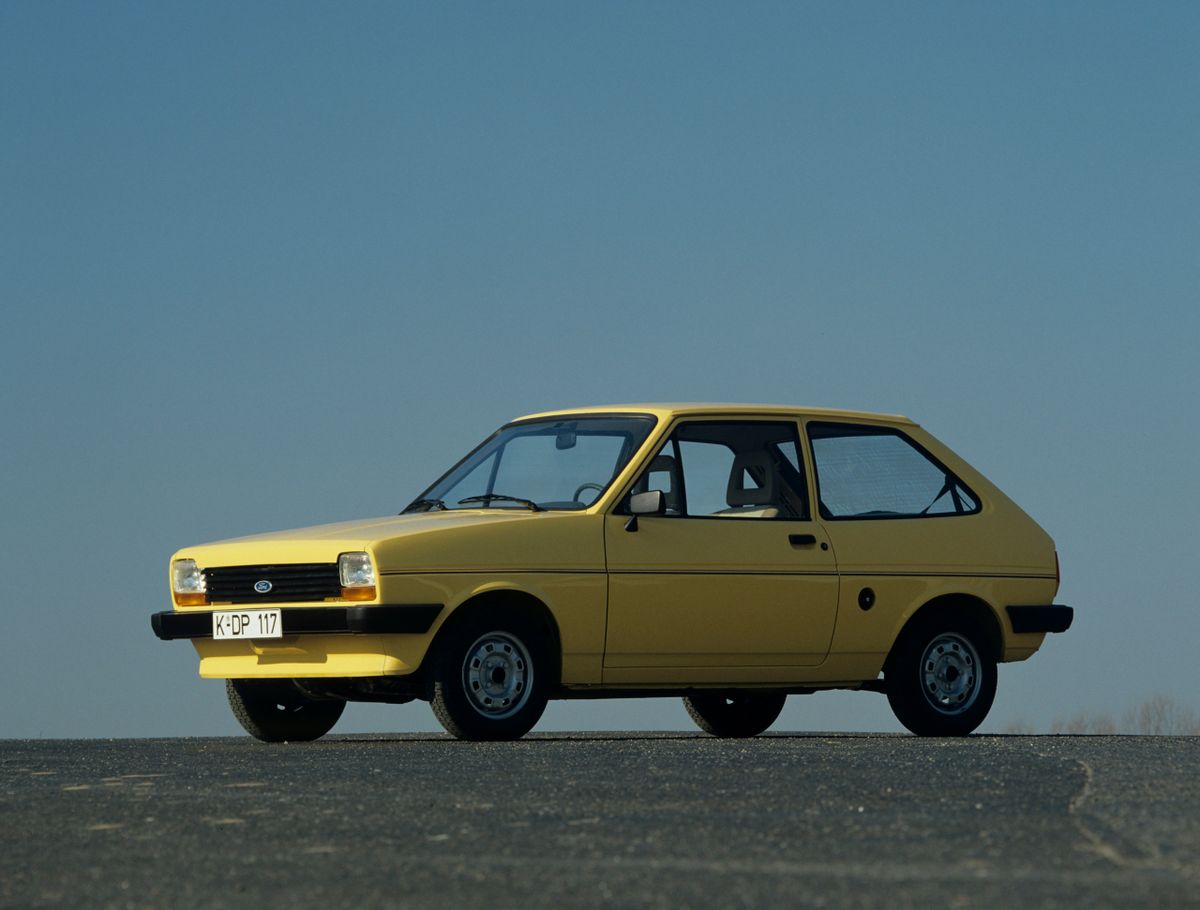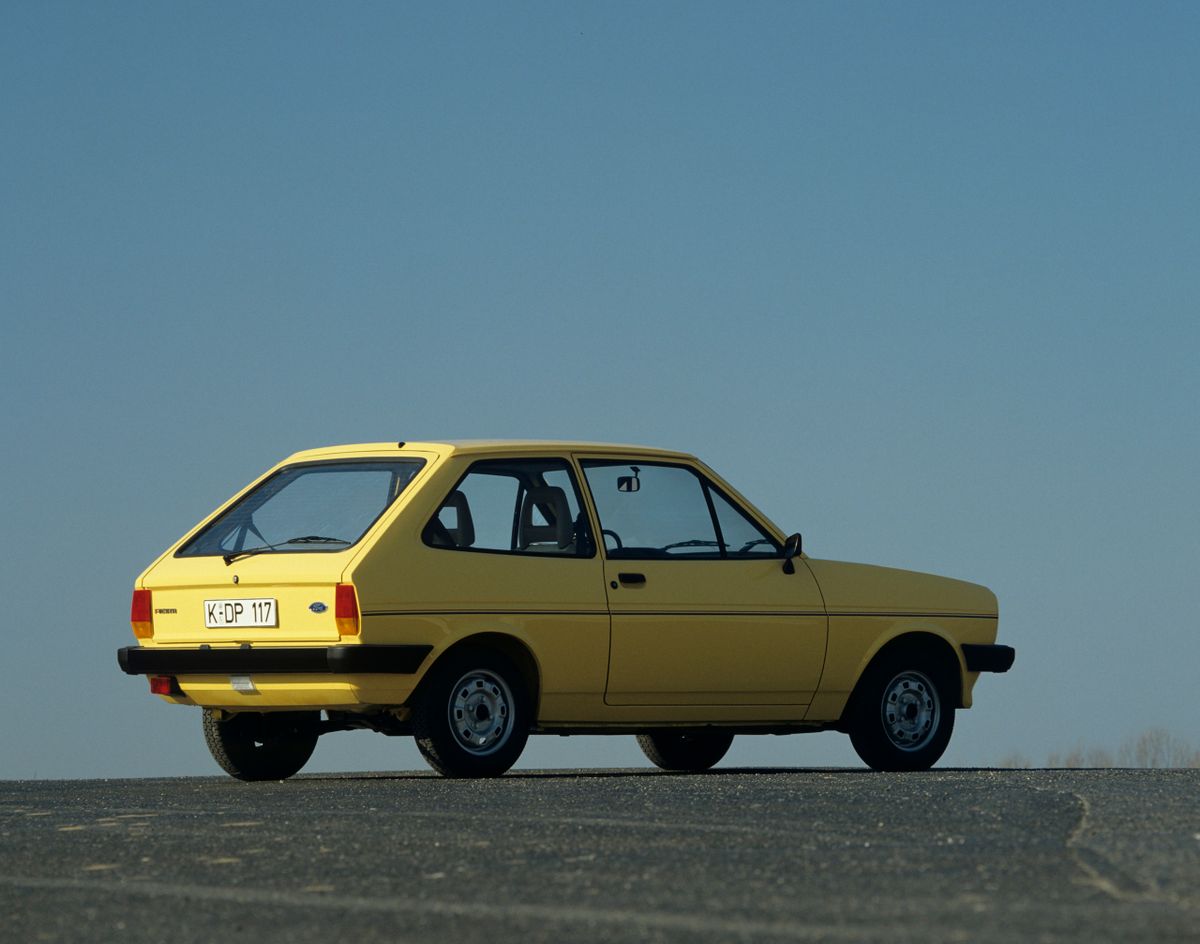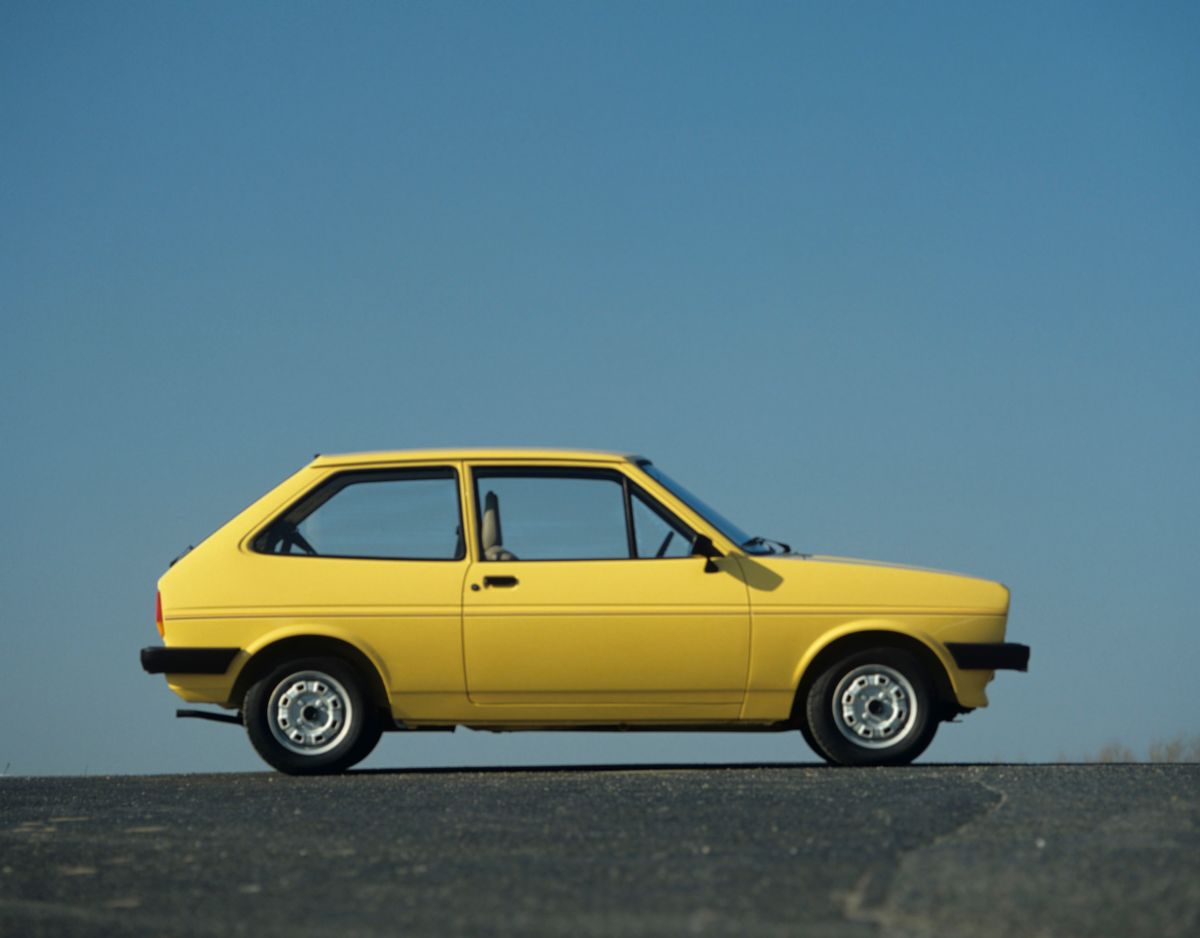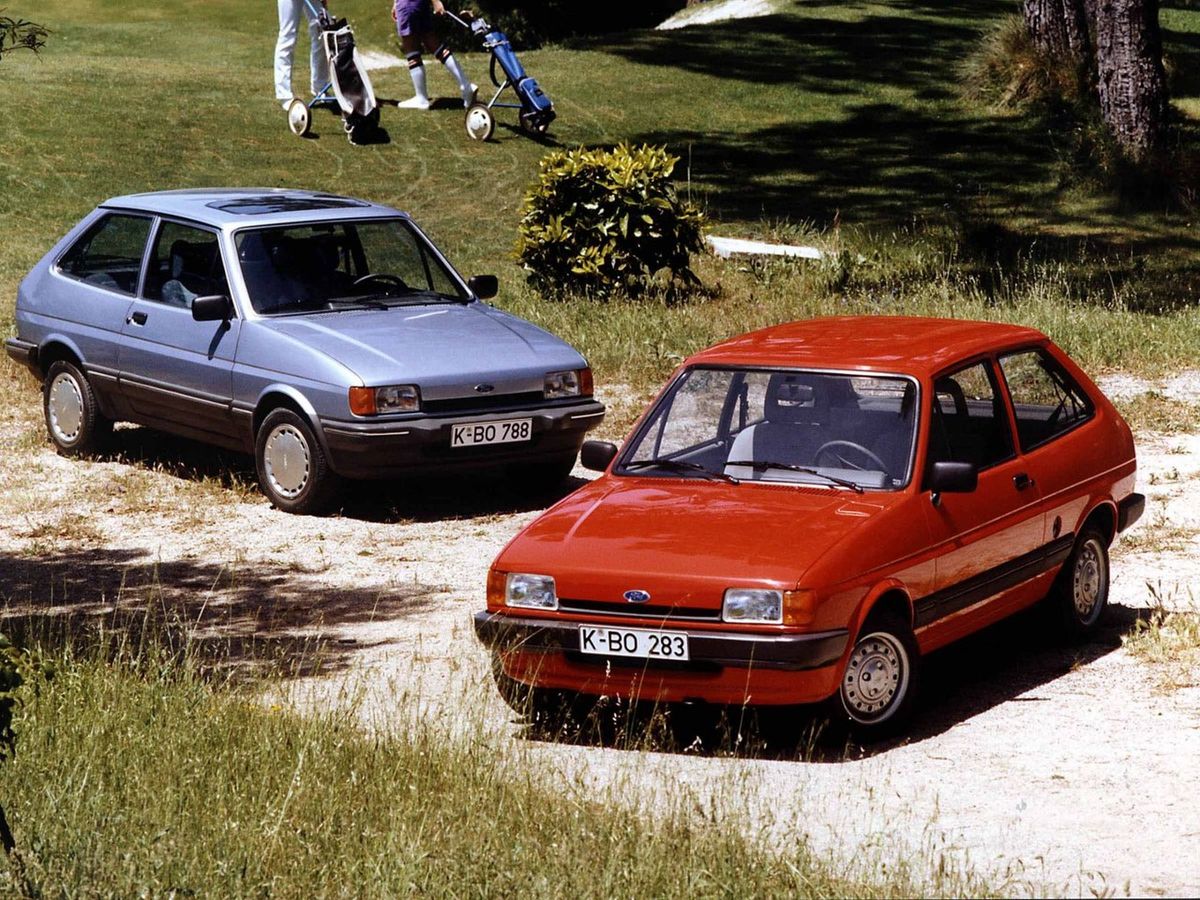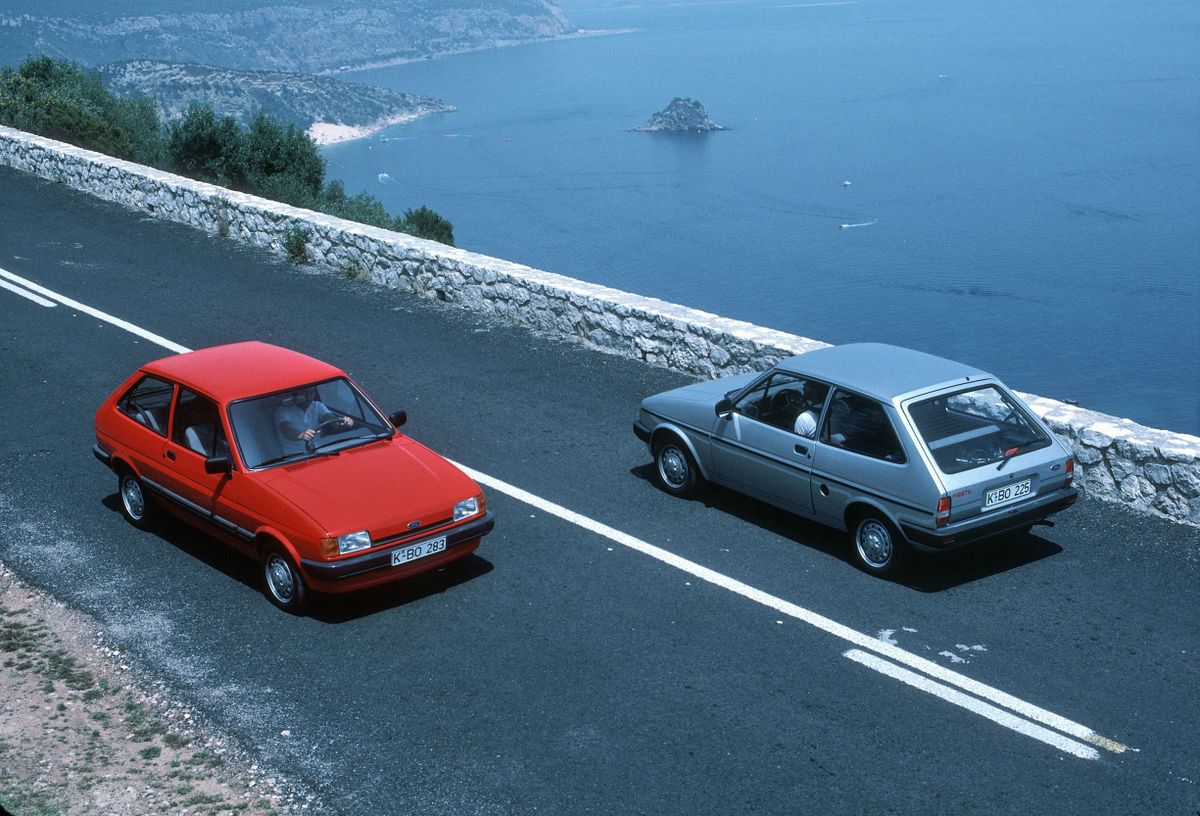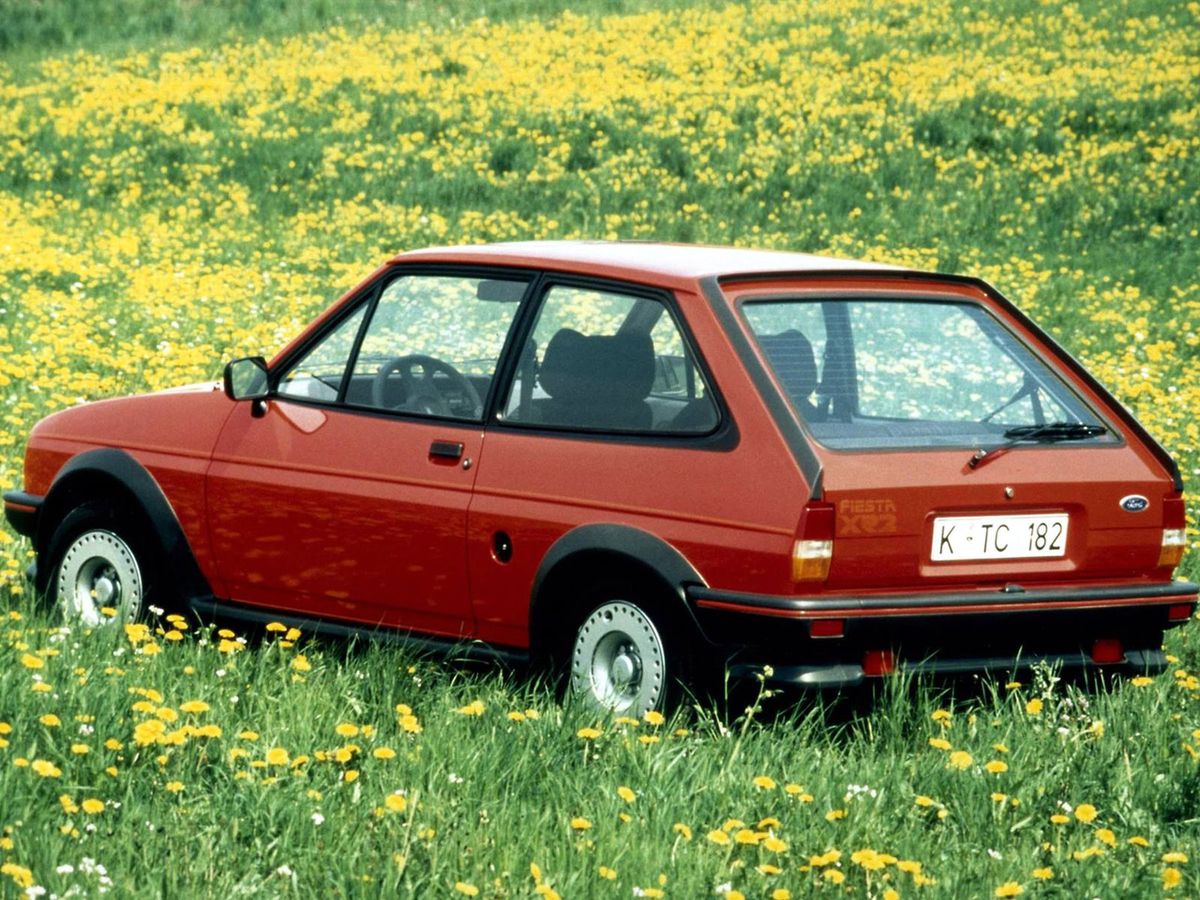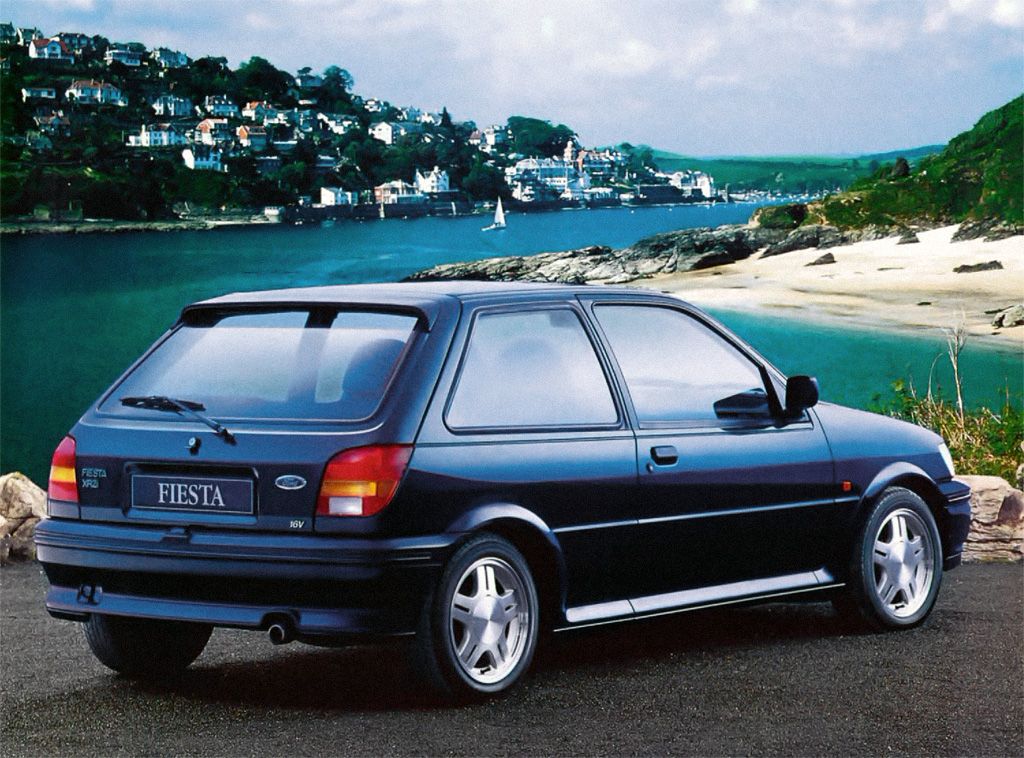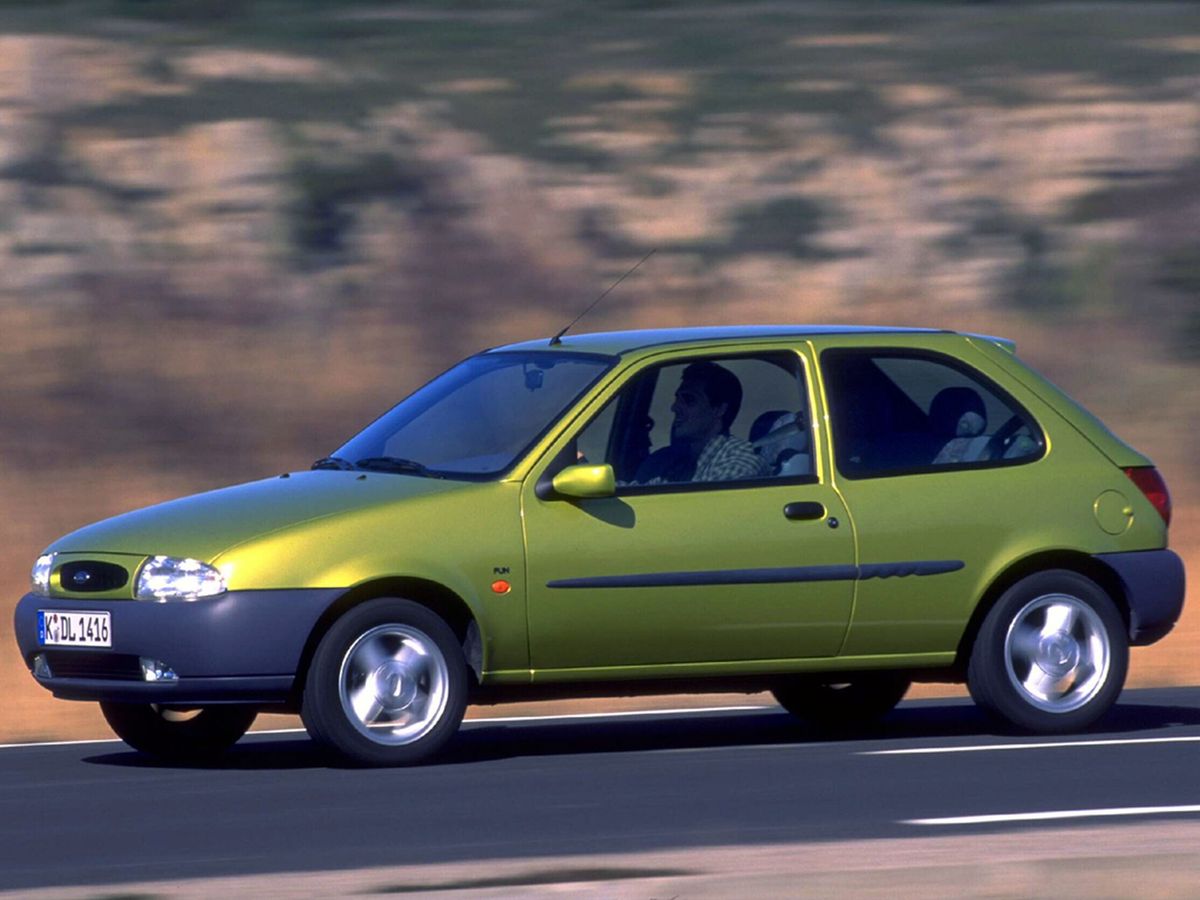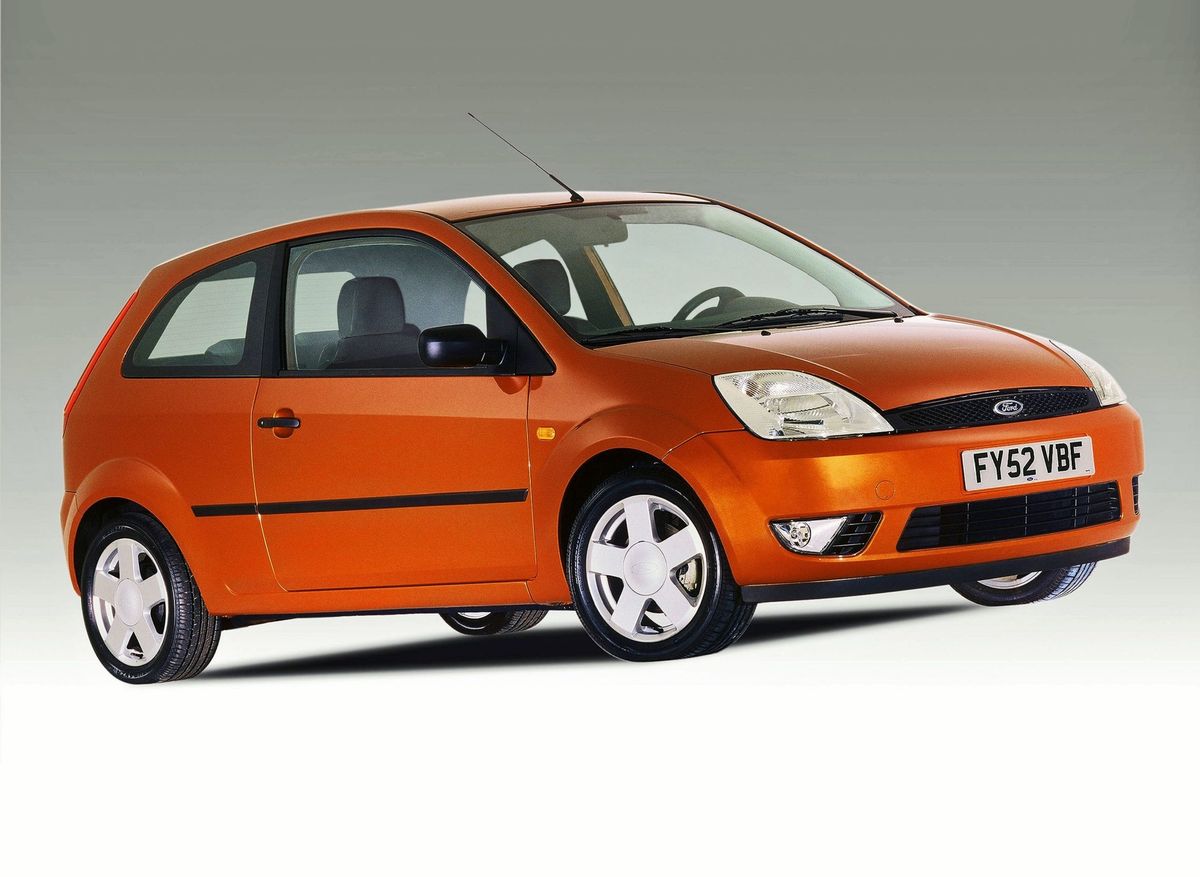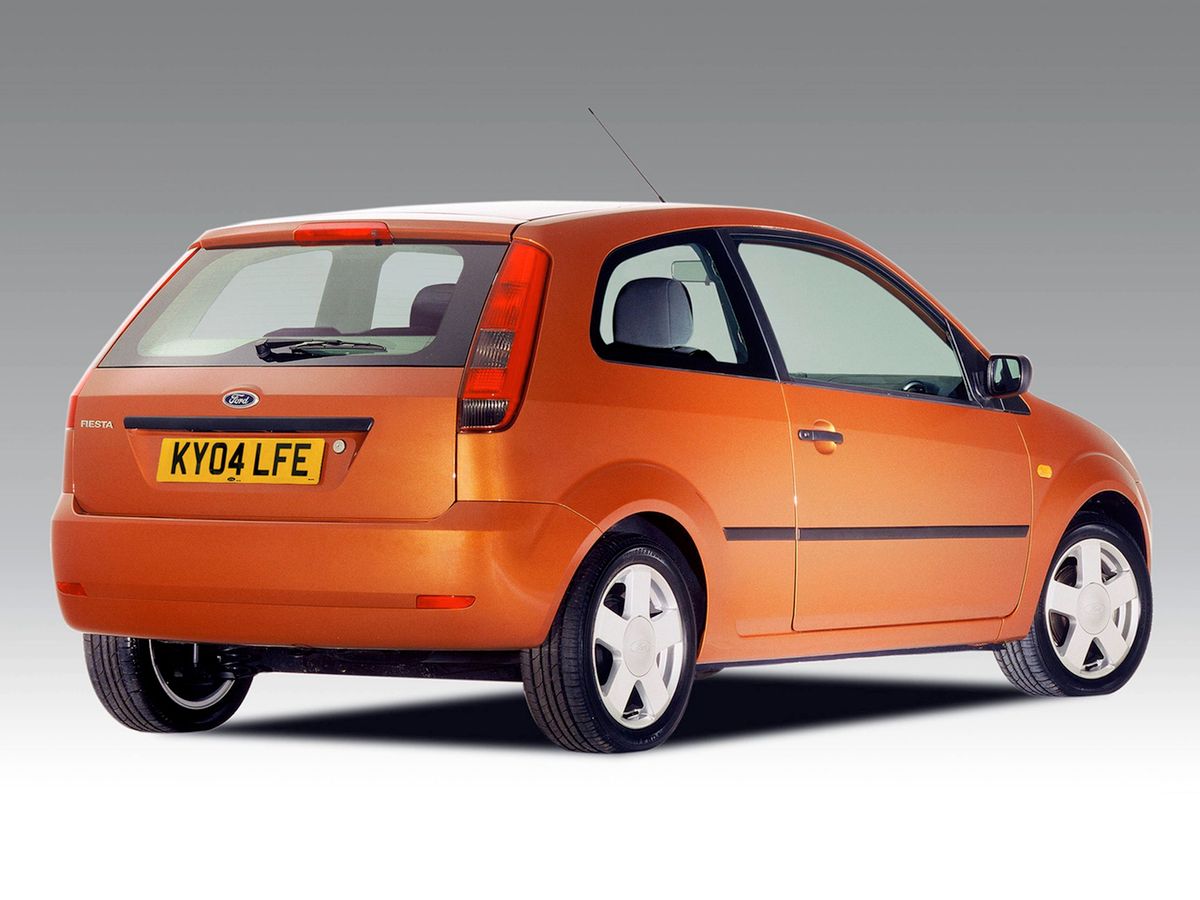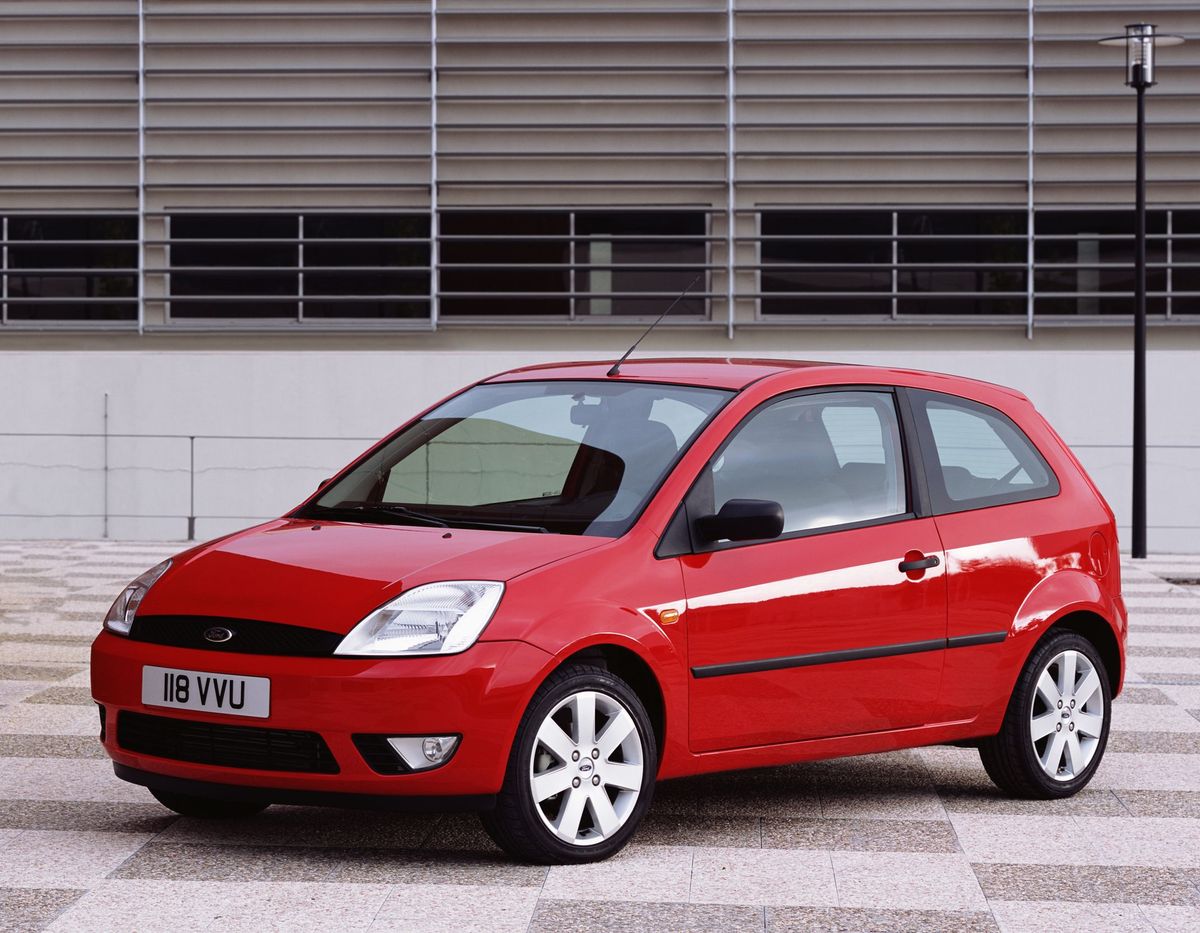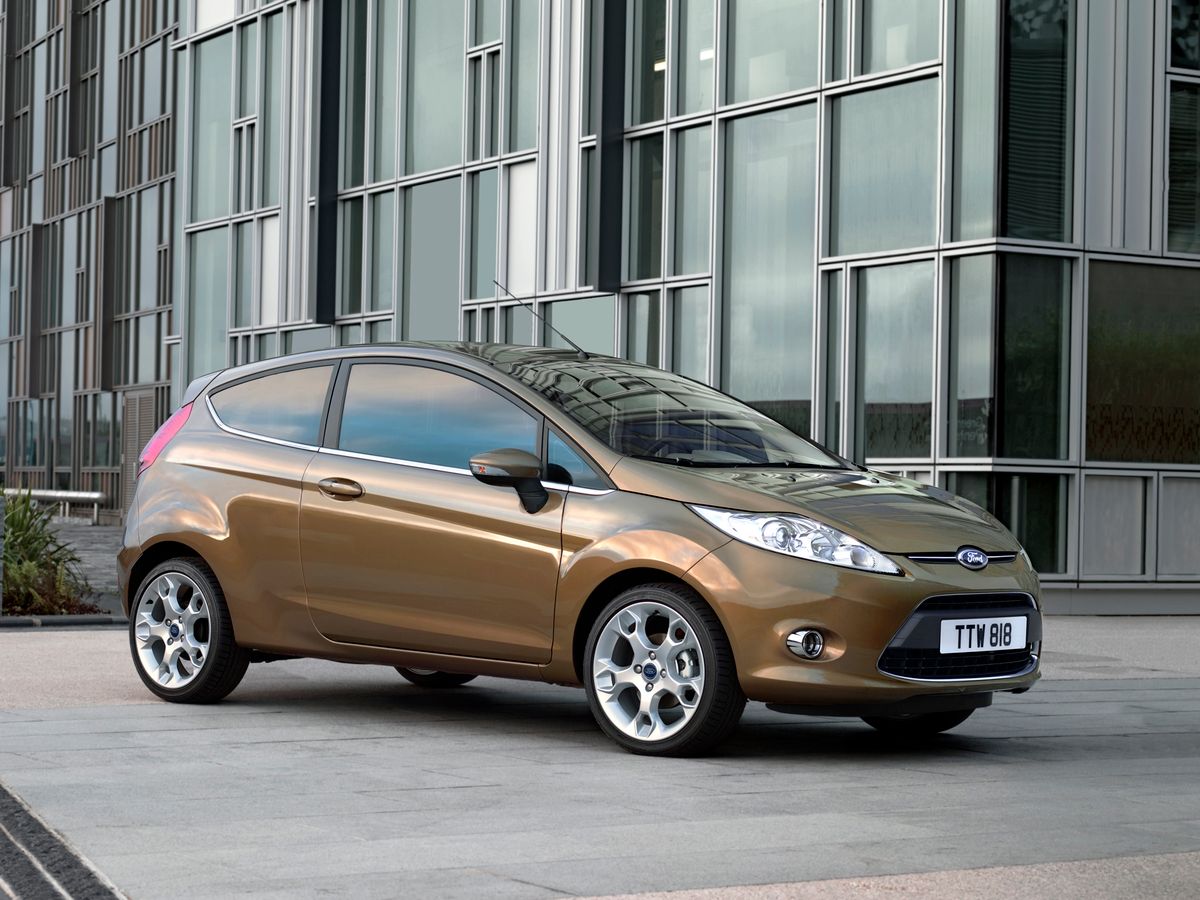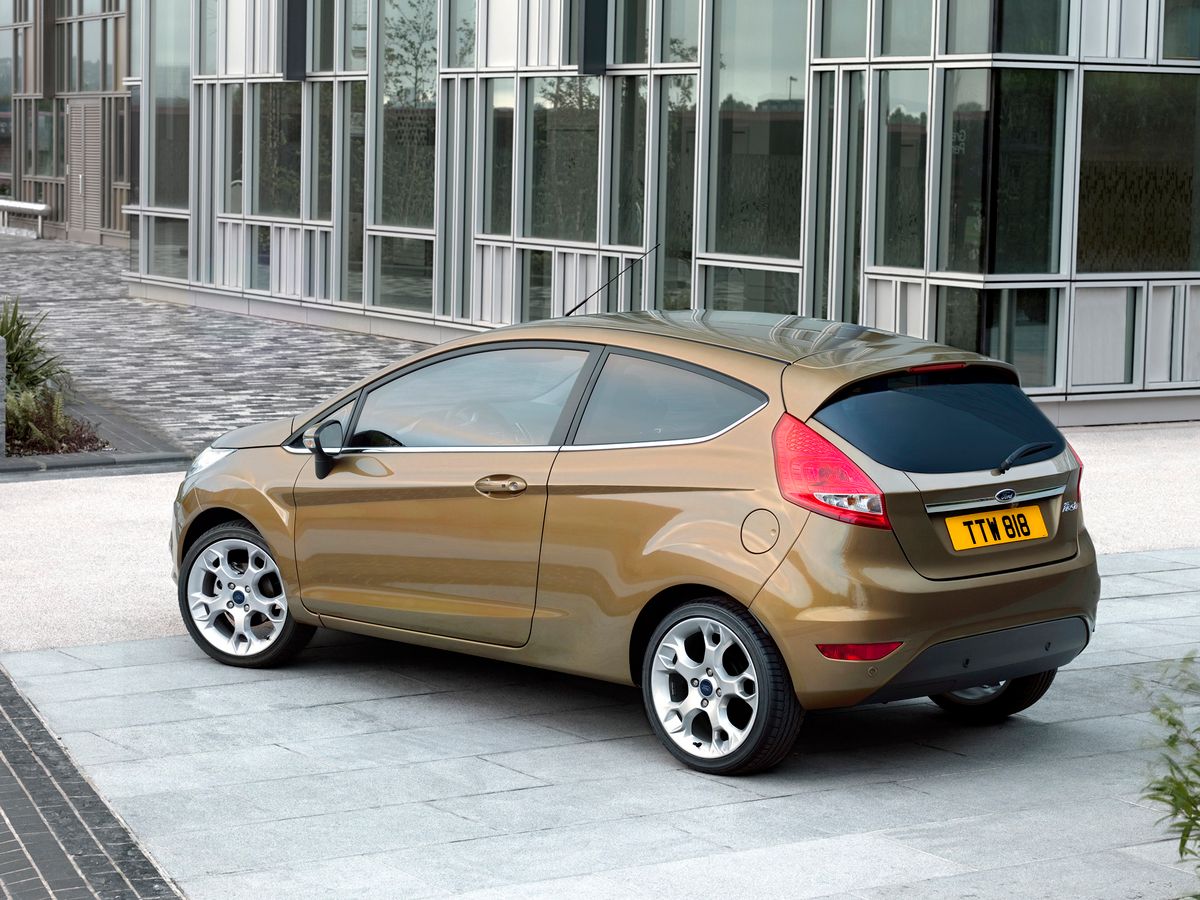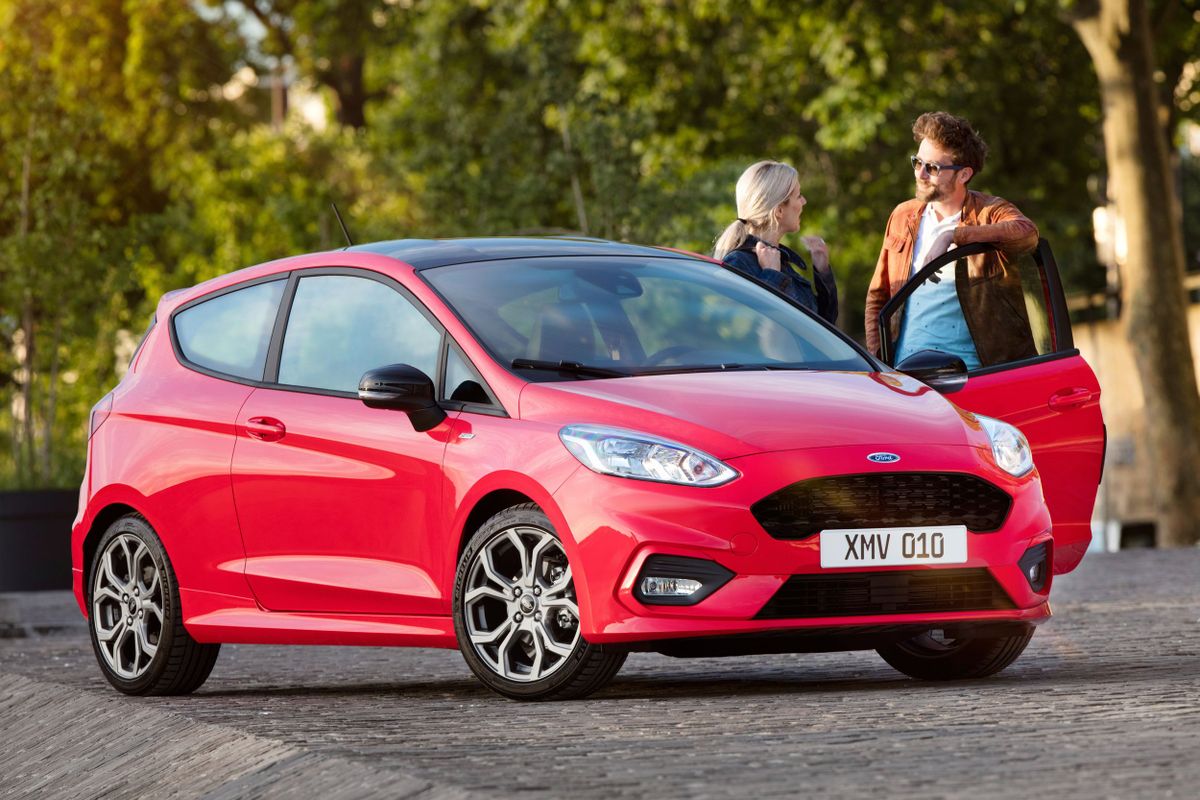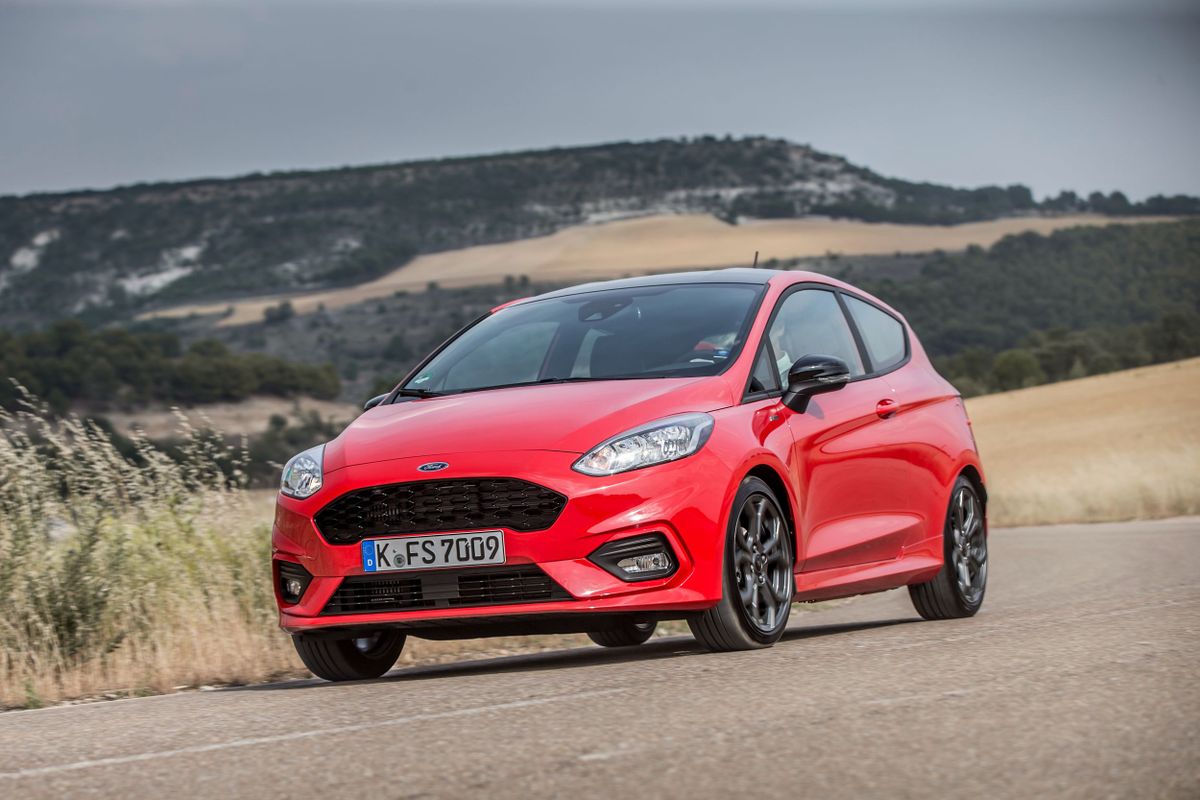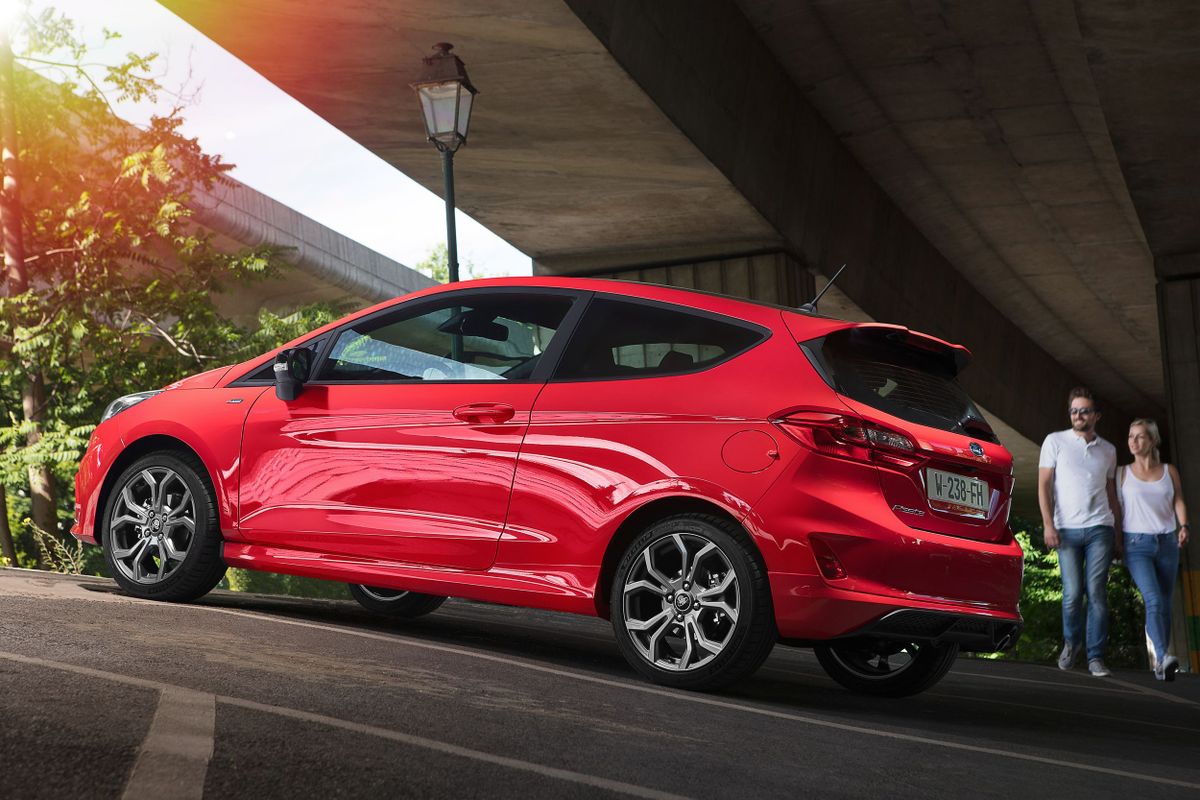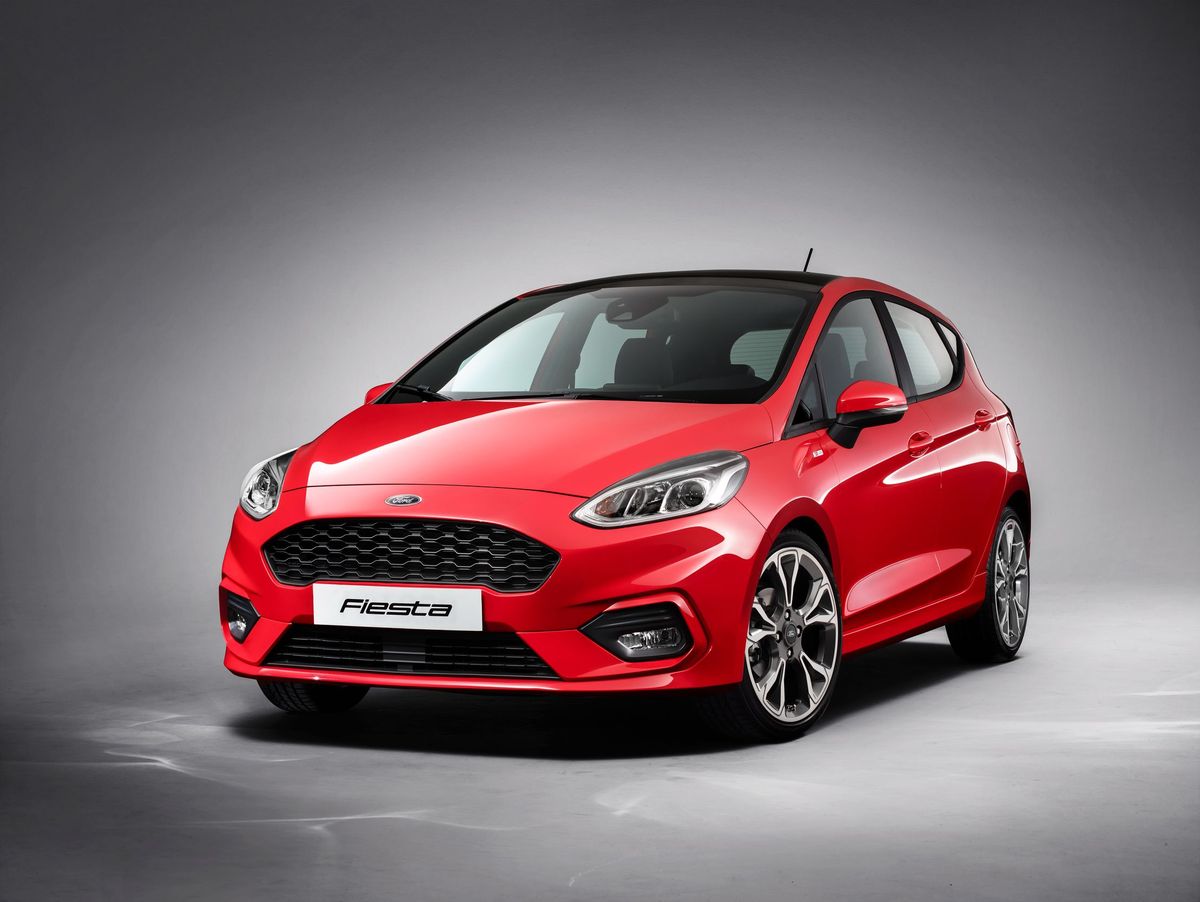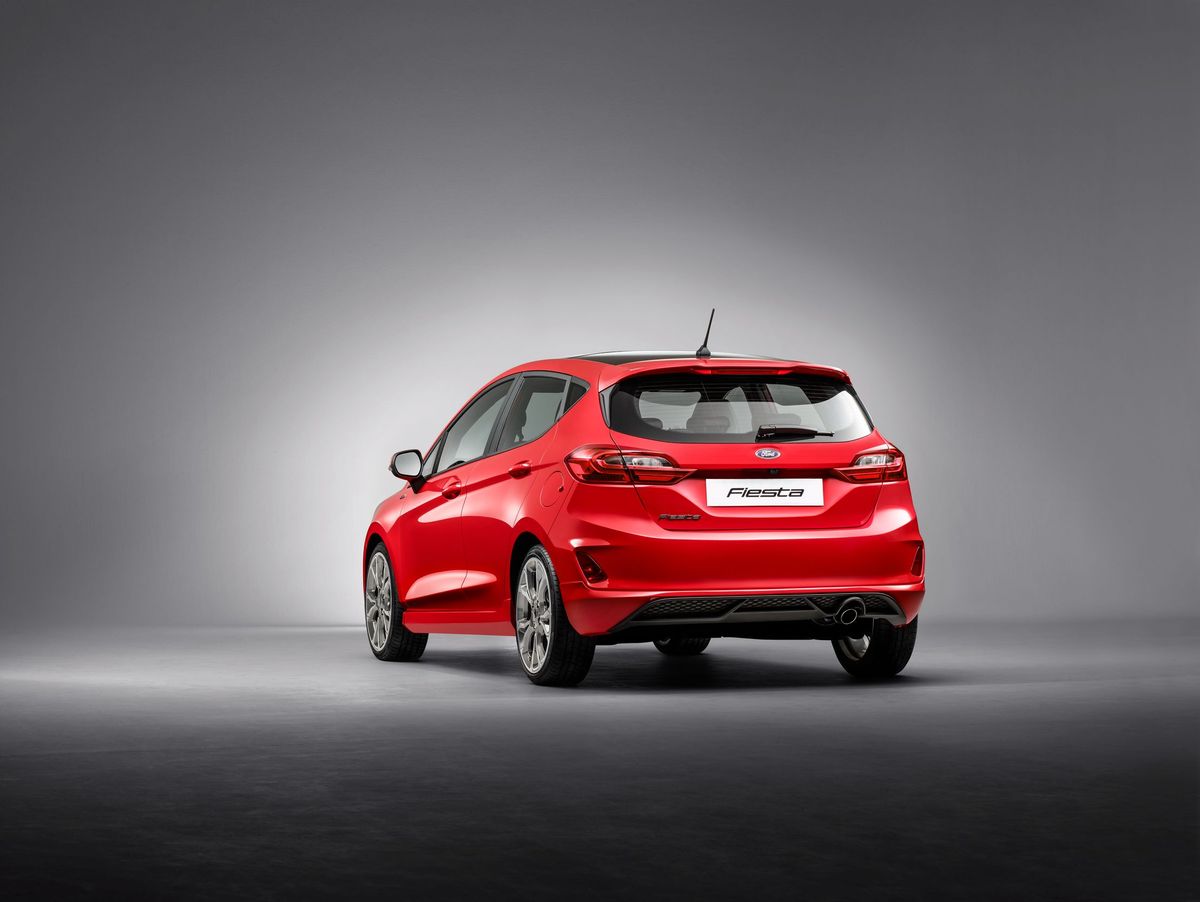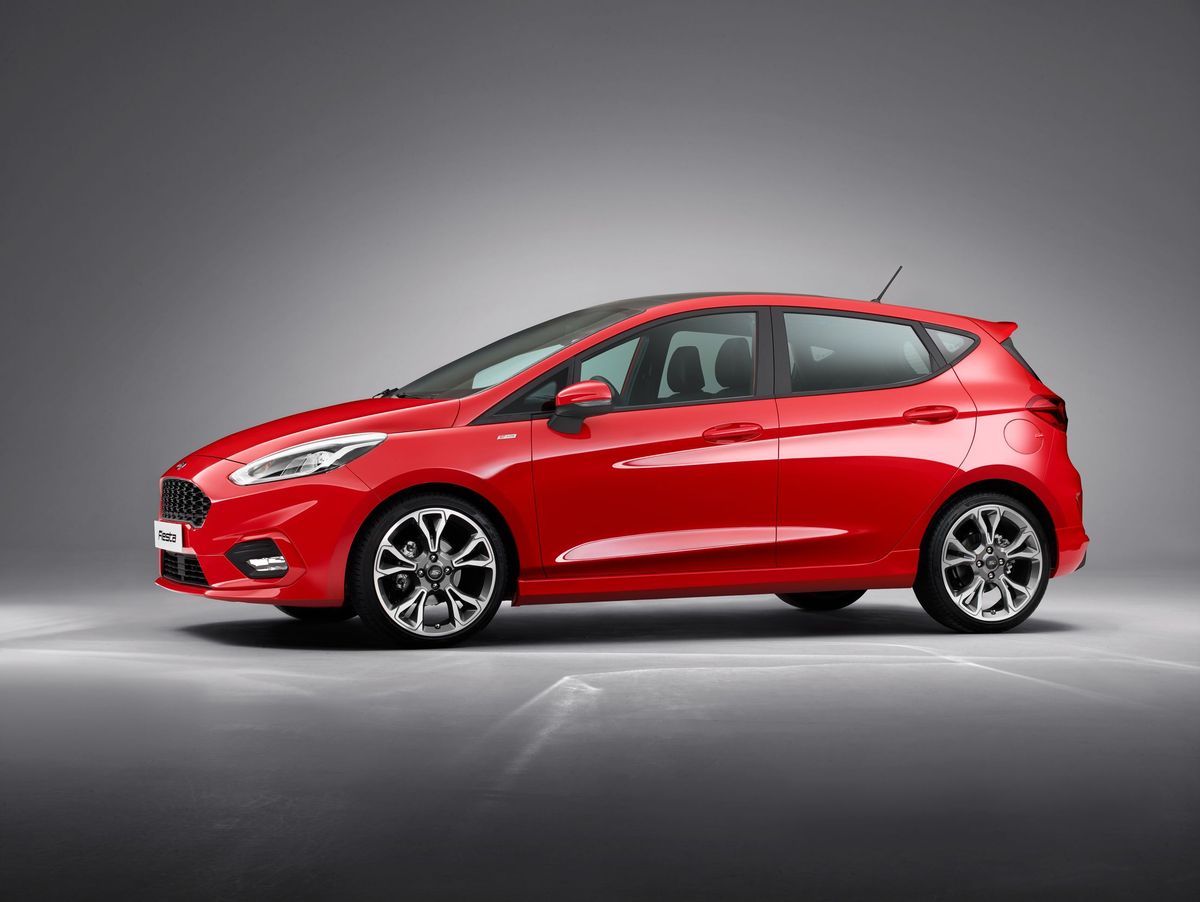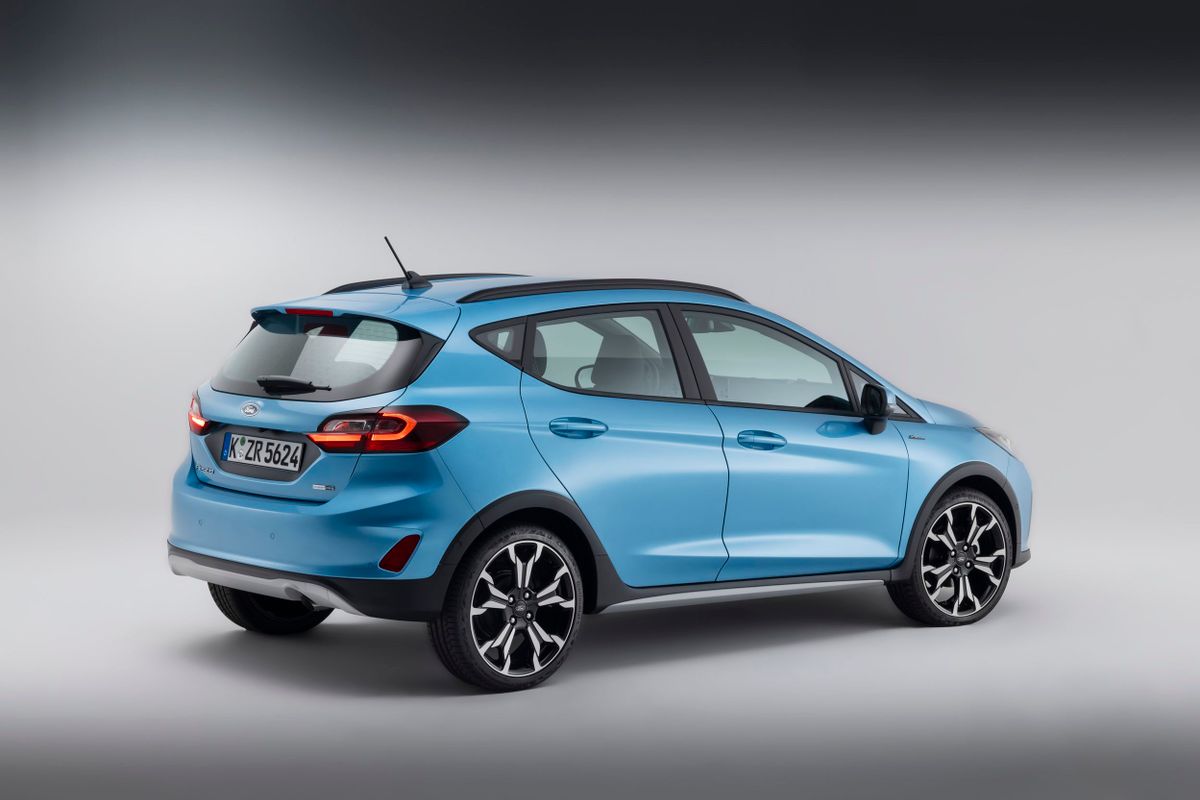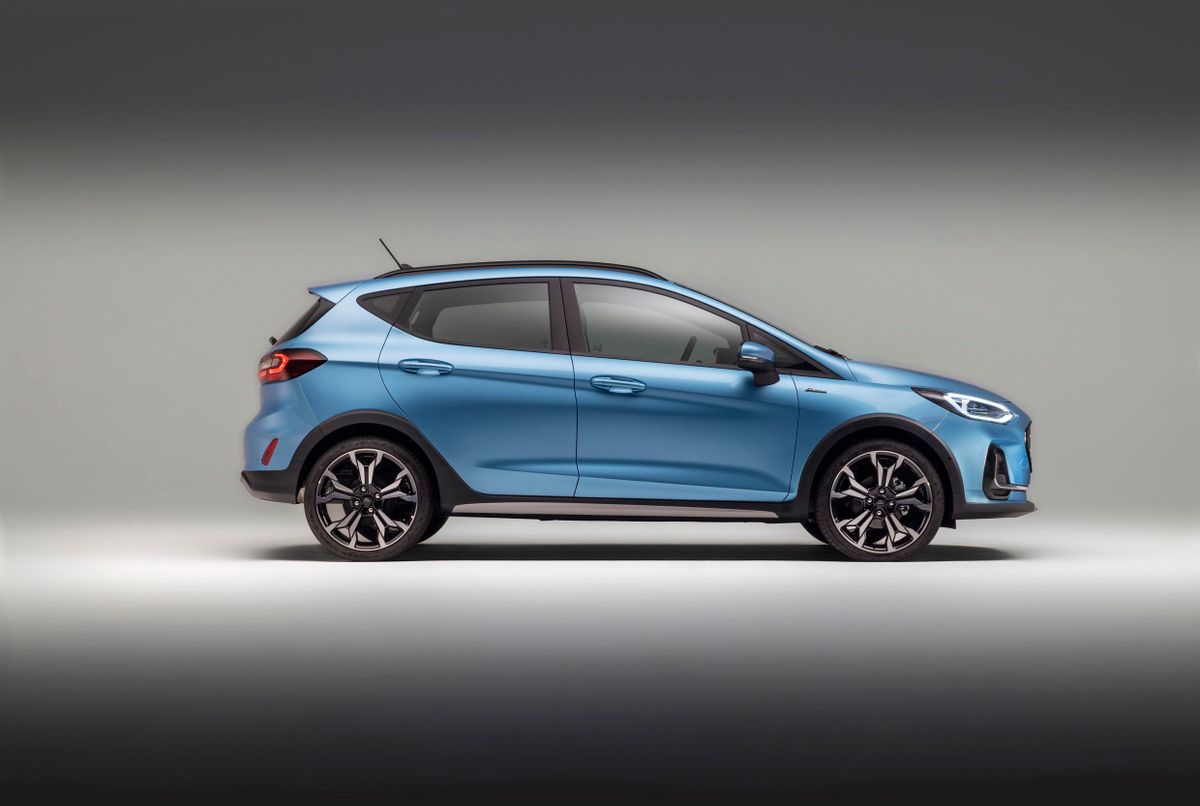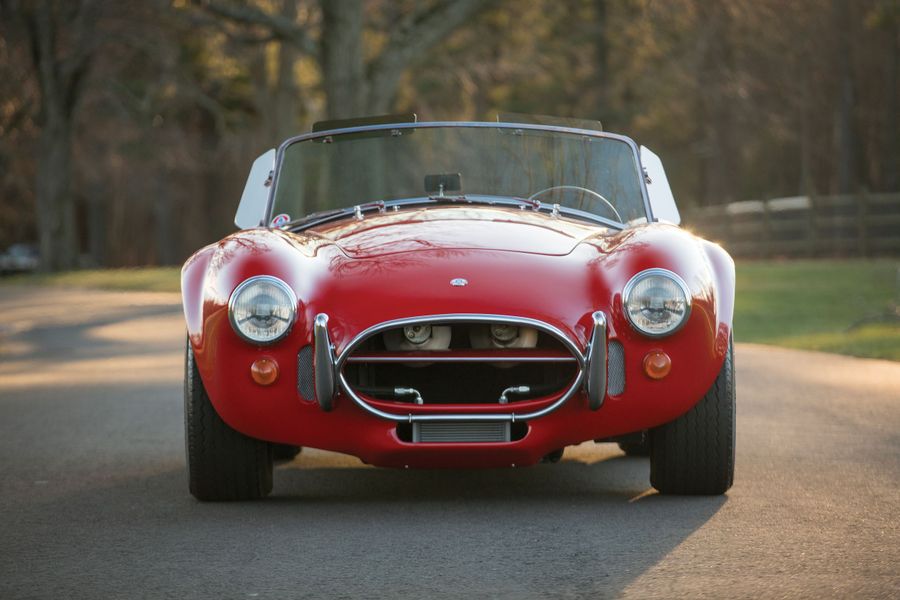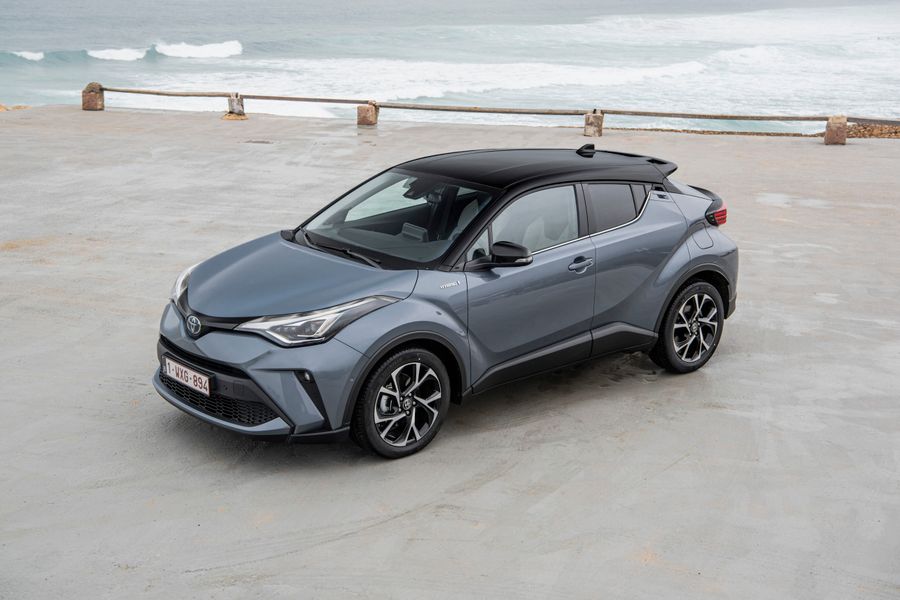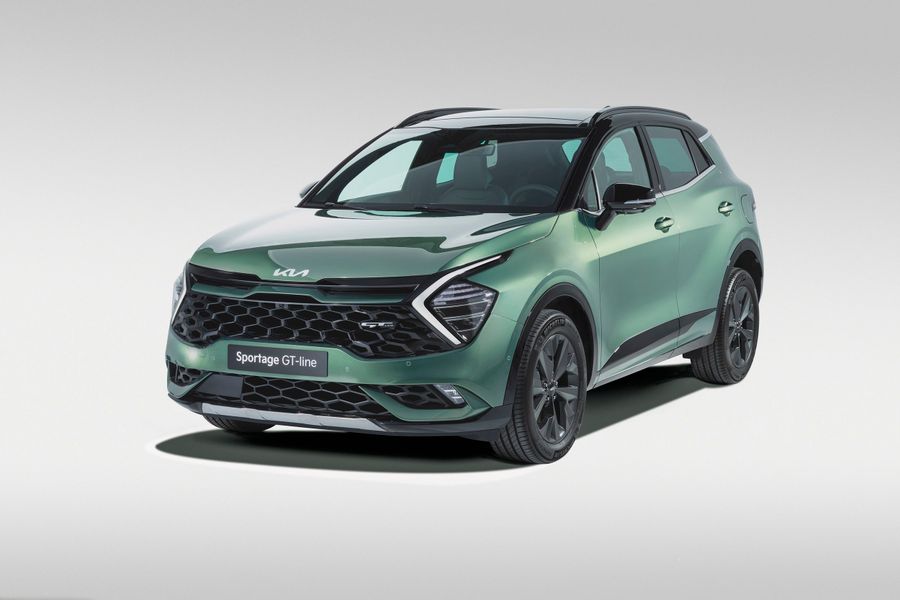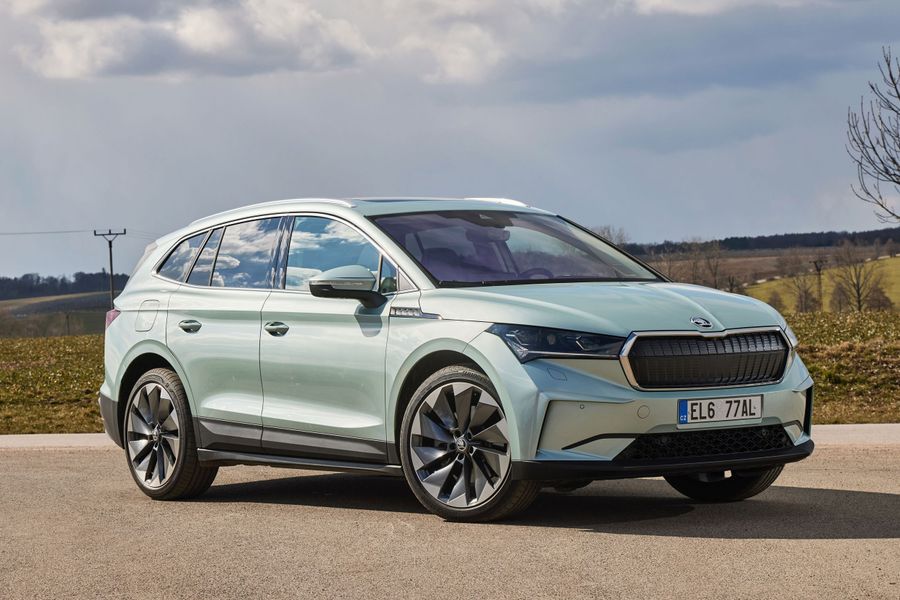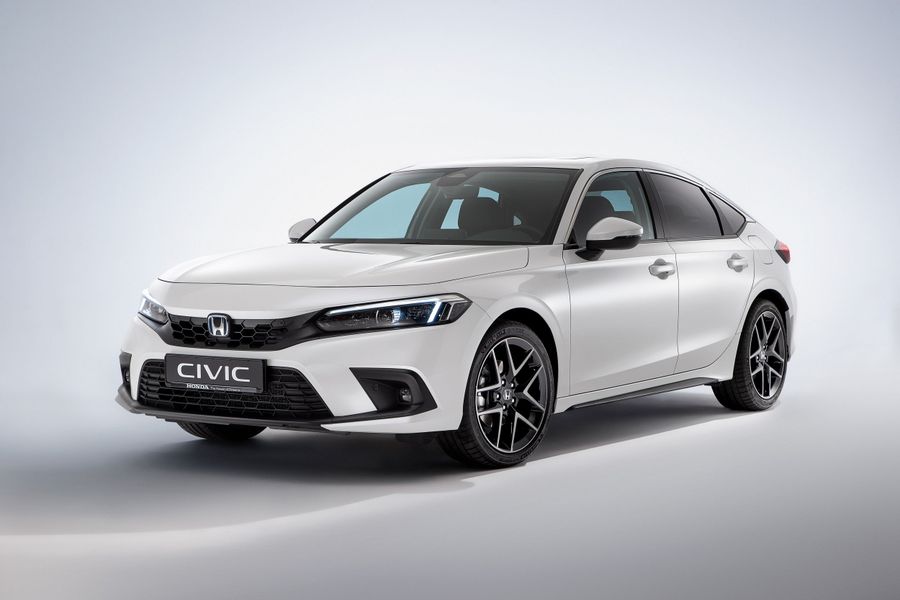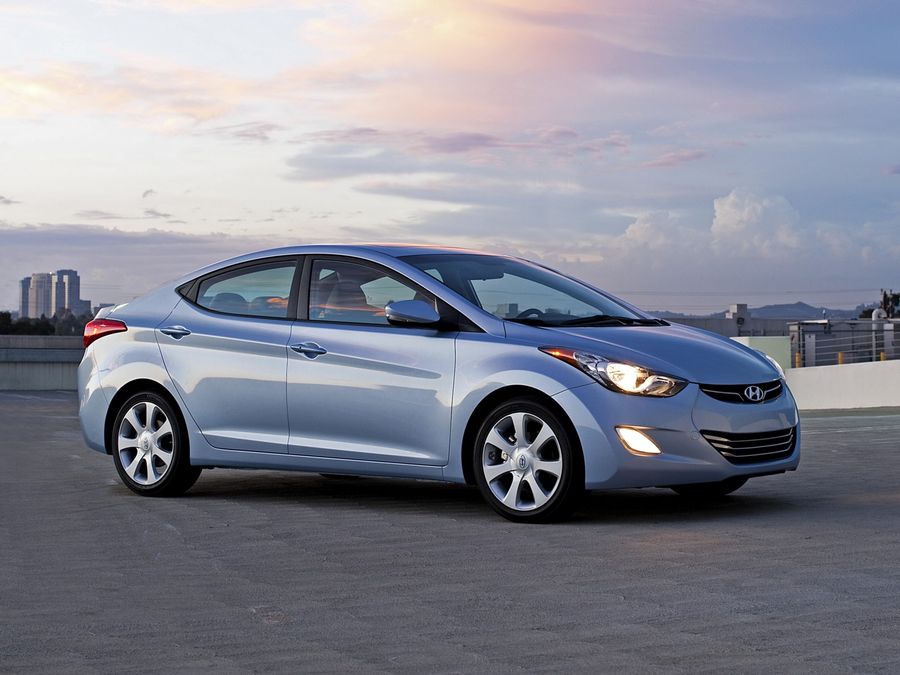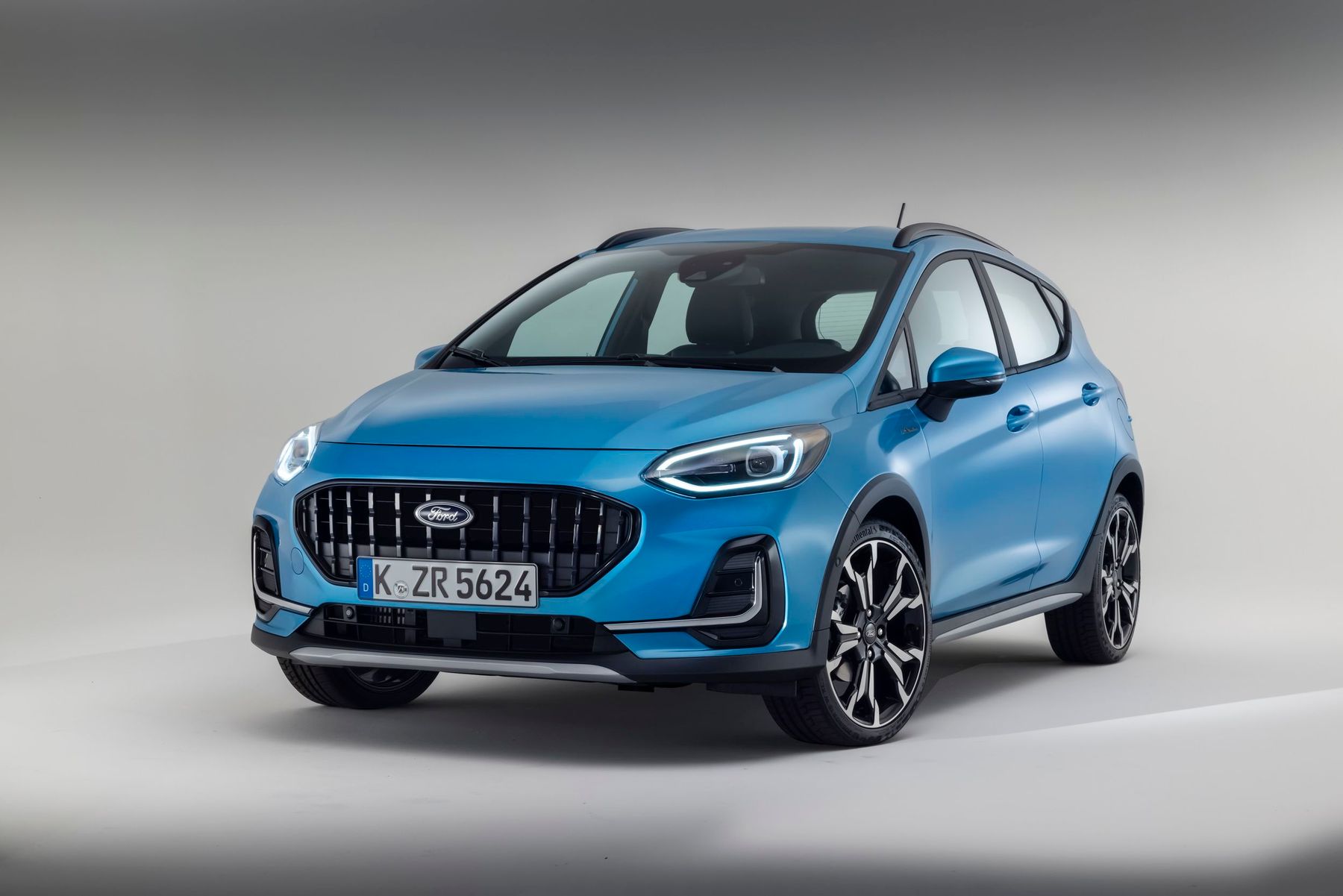
Ford Fiesta: Your ‘Moveable Feast’
The Ford Fiesta is a subcompact car produced by Ford Motor Company since 1979. The model had an honorable global status for many years. It was produced in Europe, Brazil, Argentina, Mexico, Venezuela, China, India, Thailand and South Africa. It could be a sedan and a hatchback. Even as the current seventh generation, in addition to the 5-door, it has a 3-door variant, which is rare these days. Viewers of the legendary Top Gear show will remember the car for the magnificent episode of the 12th season, where the new generation Fiesta was tested by the incomparable presenter Jeremy Clarkson. In that episode, the nimble hatchback drove through the mall, defeating the Chevrolet Corvette, which crashed into the table. And then the car passed another completely crazy test: the Fiesta stormed the beach with the Royal Marines! Clarkson drove a Fiesta from a real aircraft carrier to shallow water and successfully reached the beach, bringing soldiers in the passenger compartment.
The first generation
Development of the model began at the Ford Europe division back in 1972. The goal was to create a compact car that could compete with the Fiat 127, but would be cheaper than the Ford Escort. The name ‘Fiesta’ at that time was ‘taken’ by General Motors, which gave it to Ford. The car became the first successful Ford front-wheel drive model: in the very first year of production (1979), a million cars were produced!
The first generation had two bodies: a 3-door hatchback and a 2-door van without rear side windows and rear seats. The first Fiesta was produced from 1976 to 1983 and was equipped with 1.0 liter (40-45 hp) and 1.1 liter (49, 50 and 53 hp) engines, made on the basis of the Ford ‘Kent’ family, but had a somewhat simplified design. The expensive GHIA version used a 1.3-liter engine (66 and 69 hp) with a Weber 2-chamber carburetor, and the XR sports version had a 1.6-liter engine with 84 hp. The engines could only be coupled with 4-speed manual transmissions. The car featured a MacPherson strut front suspension and a rear trailing arm suspension with a Panhard rod.
The second generation
It appeared in August 1983. It was based on a slightly revised previous car and kept the same 3,565 mm body length. The models started featuring new 5-speed manual transmissions and new engines (including a diesel one), improved suspension, braking system and steering. There were new versions, for example, the XR2, equipped with a 1.6-liter engine along with a 5-speed gearbox and a small Fiesta Express van. In September 1986, the Fiesta was restyled, acquiring a new bumper and engines. In 12 years, a total of about 4.5 million 1st and 2nd generation cars were produced.
The third generation
The third generation started being released in February 1989. The car became slightly larger (3,801 mm) and acquired a 5-door version. This model was sold the longest and was very popular: in two years of release, the sales reached a million units. Even when production of the 4th generation Fiesta began in August 1995, the previous model was produced until August 1996 as the Fiesta Classic in Spain.
In 1989, the manufacturer introduced a car with an injection engine for countries with strict emission control. In 1991, a Ford Fiesta Courier Van was released. In January 1994, the car became safer, acquiring such new options as driver’s and passenger’s airbags, side impact protection and seat belt pretensioners.
The fourth generation
The fourth Fiesta became the best-selling model on the UK market from 1995 to 1998. The sedan version appeared in the range. In addition, the Fiesta began to conquer South America, with the supplies to Brazil, Argentina and Chile. South American cars were equipped with 1.0, 1.3 and 1.4 liter engines. Moreover, the car began to be supplied to South Africa with engines, first with a volume of 1.3 liters, then 1.4 liters. There, the Ford Fiesta won the Car of the Year award.
In September 1997, the Fiesta was used to create the Ford Puma coupe. It had a sporty character and was equipped with a 1.7-liter engine, which the Fiesta itself didn’t have. In 1999, the car was restyled. The restyled model had the New Edge style exterior, like the Focus and Ka. There were new wheels and, more importantly, a fresh range of engines. The Ford Fiesta continued to be the top-selling supermini car in the UK. The 3-door model was sold until December 2002 along with a new fifth generation. In Brazil, the hatchback was sold until 2006 under the name Fiesta Street.
The fifth generation
Production started in early April 2002. The car reached the markets of Asian countries, Australia, India and Mexico, as well as Russia. The 4th generation car was 3,828 mm long, while the fifth generation grew to 3,924 mm. The fifth Fiesta was equipped with 1.25-liter, 1.3-liter, 1.4-liter, 1.6-liter and 2.0-liter engines and was still produced as hatchbacks, sedan and van. The car became safer. In November 2005, the Fiesta was restyled. It acquired new bumpers, radiator grille, new headlights, new taillights, reconstructed exterior mirrors, etc. New bright body colors appeared.
The sports Fiesta ST was presented at the 2004 Geneva Motor Show (this version is still available). The first ST was equipped with a 2-liter 150 hp engine, which allowed the compact car to gain a top speed of 208 km/h. The car sported a sporty design, 17-inch alloy wheels, disc brakes on all wheels and other decorative details.
The sixth generation
The sixth generation model was preceded by the Ford Verve concept car, shown at the 2007 Frankfurt Motor Show. The new production car entered the main European markets a year later. The sixth Fiesta was based on the global B platform, Ford’s unified platform. The model was 3,950 mm long, 1,722 mm wide and 1,481 mm high. The cars were equipped with 1.4-liter and 1.6-liter engines (petrol and diesel). Main production began at Ford’s Cologne plant in Germany in August 2008, followed by China, Thailand and Mexico and Valencia (early 2009). In June 2010, the car went to dealers in Asia and North America, then in India. In 2013, the car was restyled, acquiring the new radiator grille and engines.
The seventh generation
It has been produced from November 2016 to the present (as of 2021). The premiere took place in Cologne (Germany). The new Ford Fiesta is not too different in size and design from the sixth generation, but it is larger and safer. The range has expanded with two new versions: the Fiesta Active (cross-hatchback) and the luxury Fiesta Vignale. In terms of sales in Europe, the little Ford is second only to the Volkswagen Golf. The main engine for European countries is a 1.0-liter turbocharged petrol 3-cylinder EcoBoost engine with 100, 125 or 140 hp. The 1.5 TDCi diesel engines can develop 85 hp or 120 hp. All units are equipped with a Start-Stop system, but the 6-speed automatic transmission is available only in conjunction with a 100 hp engine.
In May 2018, the manufacturer released the new Fiesta ST with a 1.5-liter engine with 200 hp. And in March 2019, Ford Europe announced the Fiesta with a hybrid system based on a 1-liter EcoBoost turbocharged petrol engine with a starter-generator and a 48-volt lithium-ion battery, coupled with a 6-speed manual transmission. Hybrid versions entered the European market in 2020.
You can choose from the Trend, Titanium, ST-Line and Active trim levels. The Vignale is the top-end version. Depending on the version, the new Ford Fiesta features up to nine airbags, an automatic braking system with pedestrian recognition, blind spot monitoring system, automatic parking technology, and B&O Play Sound System music with ten speakers. The list of options includes climate control, heated steering wheel and an engine start button.
The Fiesta Active cross-hatchback features a black plastic body kit, increased ground clearance, and ‘off-road’ driving modes Trail and Slippery. Ford has also kept a commercial van based on a 3-door hatchback in the range: such cars are selling well in England and other countries.
2021 restyling
Unfortunately, the popularity of the Fiesta began to fall. In 2020, only 156,067 cars were sold, for comparison, back in 2019 it sold almost 230 thousand units. Therefore, in September 2021, the car was restyled. The restyled model featured a refreshed front face (grille, bumpers), as well as headlights that shine with LEDs, starting from the basic versions. The list of options includes adaptive matrix optics. There are two new body colors (blue and burgundy) and new 17-inch and 18-inch rims.
Inside, the 2021 Ford Fiesta boasts a 12.3-inch digital dashboard and a Wrong Way Alert camera that prevents cars from entering oncoming lane or ignoring a prohibitory sign. The top-end Vignale is now a ‘luxury’ package that includes wireless smartphone charging and an excellent B&O sound system with ten speakers, subwoofer and 575W amplifier. The range of engines has been narrowed. Only 1.0-liter turbocharged petrol 3-cylinder EcoBoost engines (100 hp) and hybrid versions with 125 and 155 hp remain. The engines are coupled with a manual transmission. Plus, for a surcharge, you can order a 7-speed semi-automatic transmission for the 125 hp version.


